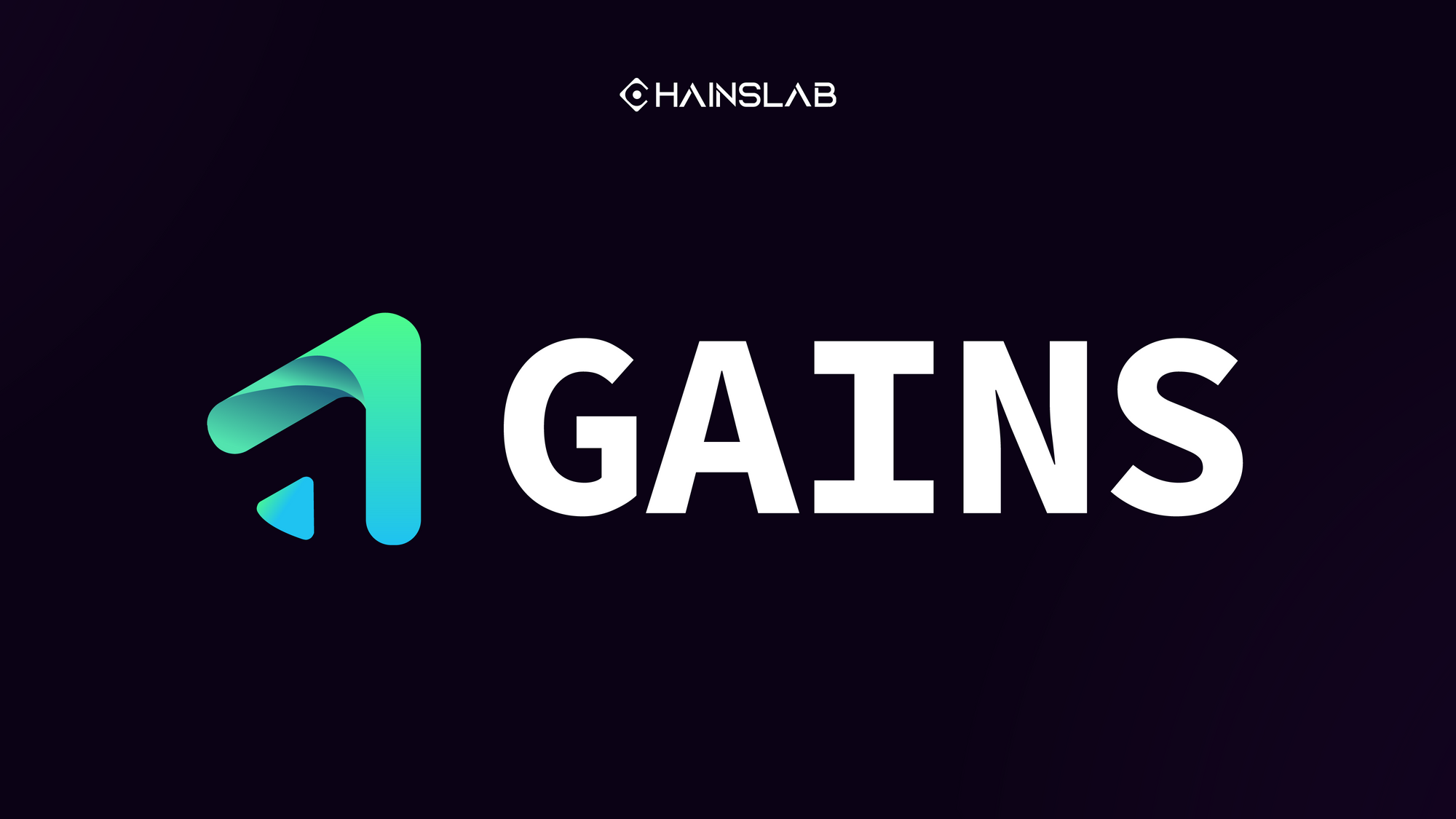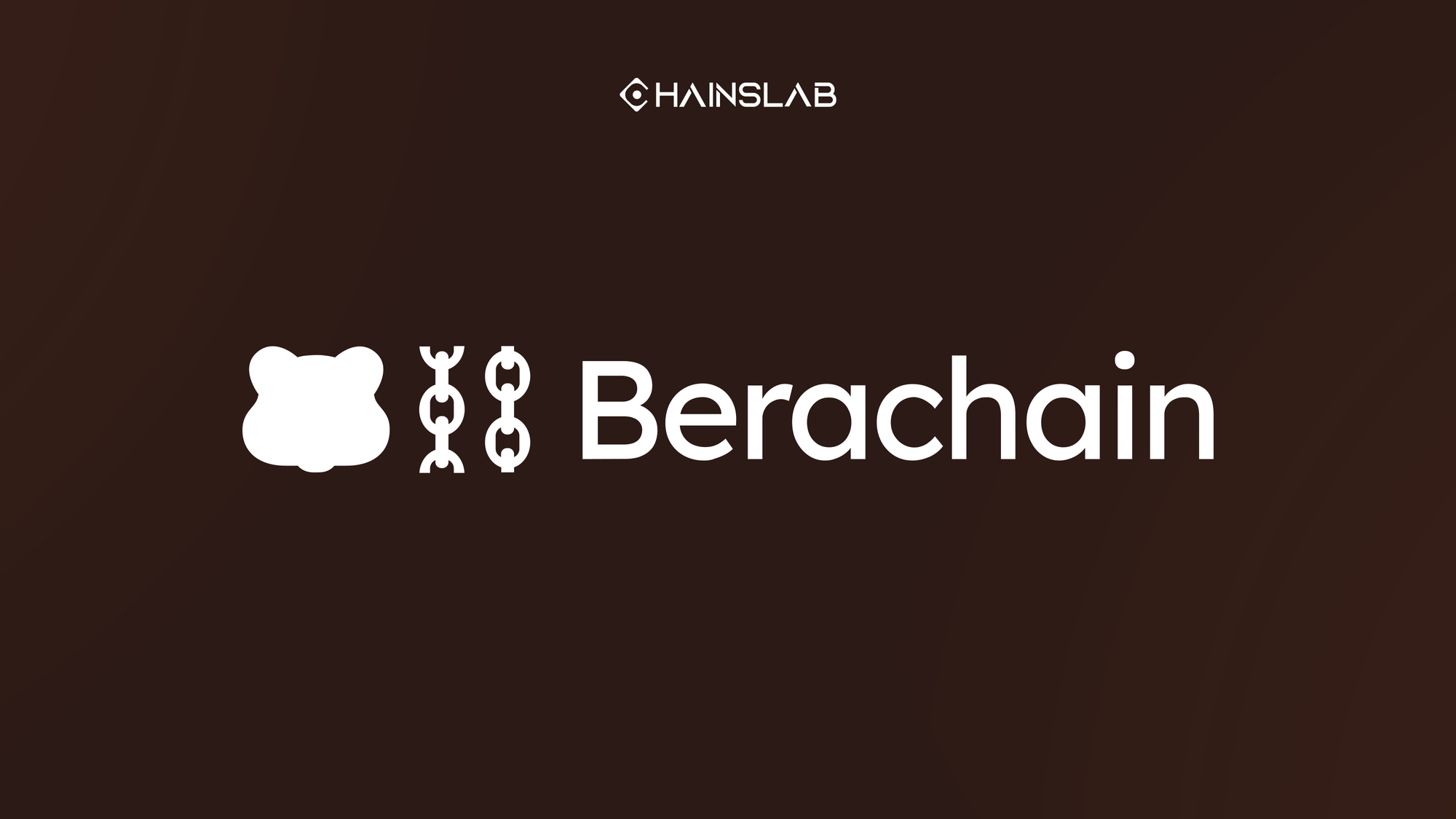When it comes to crypto, there’s nothing that degens love more than leverage. From the conservative 2x traders to the 20x all-in degen chads, leverage and crypto are two peas in a pod. And we see this reflected in our dApps. For better or for worse, there is no shortage of leverage in DeFi, especially when it comes to perp exchanges.
Everyone is familiar with the big names: dYdX, Perpetual Protocol and if you are a man of culture, GMX. But few have come across the beast that is Gains Network.
I. What Is Gains Network?
Gains Network is the brains behind gTrade, a leveraged trading platform built on Polygon that is both capital efficient and user-friendly. Gains offers a large variety of tradable assets. Beyond cryptocurrency majors, the platform also supports a handful of large-cap US stocks including popular tech names like AMZN, AAPL, AMD, among 20 others. The platform also supports 10 forex trading pairs at the moment! gTrade uses a unique design to enable a wide range of products and high leverage despite maintaining only a small pool of locked liquidity on their platform. This keeps it ahead of its competition in the space and is their key differentiating factor. Since launching in October 2021, it has processed more than $17B in trading volume and currently processes an average of $10-20M in volume daily, all with only $10-25M in total value locked. More impressive still, liquidity providers for gTrade are receiving between 4% and 13% APY yield from platform fees alone even in the midst of today’s market-wide drawdown.
II. How gTrade differ from competitors?
The premise sounds simple enough: Leveraged trading, on-chain, for a wide range of products.
What makes gTrade truly special is the way it is structured – that is, the underlying infrastructure that allows such high leverage across their huge range of assets despite commanding such a meager TVL.
gTrade achieves this through the use of a synthetic asset system in which the entire trading platform runs solely on DAI and the Gains Network native token, GNS. This means that unlike exchanges like GMX, where users can only trade assets sitting in their pools, users on gTrade will be able to trade any asset that is supported by gTrade’s oracles (more on that in a bit).
As the leverage is synthetic, there is no need for Gains Network to maintain a deep liquidity pool of each of the assets they support. By the same token, listing new assets is relatively easy since they only need to ensure oracle support to start trading. Moreover, no borrowing fees are required to be paid either, as no asset is actually borrowed.
Since the traded assets are not actually borrowed to create the leverage required for each trade, the amount of leverage each user can take is much higher. gTrade offers a whopping 150x leverage for cryptocurrency trades on their platform! In fact, leverage can reach all the way to 1000x on forex trades and 50x on stocks, which you might say is pretty high by the standards of traditional finance.
III. Tokenomics
GNS Token
As discussed earlier, gTrade runs on a single GNS/DAI pool and a DAI vault to provide for the liquidity required for trades. In this pool, liquidity providers earn a share of the fees made by the platform. This is key, as the yield earned by liquidity providers here comes solely from fees as opposed to liquidity mining incentives generated by inflating the GNS token supply. This is similar to GMX’s famous tokenomics model in which 70% of fees earned by the platform are given to their liquidity providers.
Currently, the total supply of GNS is fully circulating, which is 30m tokens, a contraction from 38.5m tokens. Its maximum supply though, sits at 100m tokens, giving the GNS token room to inflate and deflate based on trader performance on gTrade.
GNS NFTs
Gains Network also hosts a set of NFTs known as the GFARM2 NFTs. These NFTs are split across 5 tiers: Bronze, Silver, Gold, Platinum and Diamond. At the moment, the Bronze floor sits at 0.025 ETH while the Diamond sits at an impressive 0.5 ETH. These NFTs give their holders boosts on their liquidity pool yield as well as a reduced spread when trading.
IV. The Future
Gains Network has built quite a beast of a protocol thus far, and with a small team of only 6 people. However, they’re just getting started. After having just onboarded 23 stocks onto their platform, the team is also targeting indices and commodities. Moreover, due to their oracle system and synthetic leverage, they are looking to also implement custom pairs (e.g., TSLA/DOGE) as well as custom asset groups (e.g., 33.3% BTC, 33.3% ETH, 33.3% MATIC).
They are also looking to add more features for traders, including partial stop-losses/ take-profits, partial open/close of positions and stop/limit orders. Another exciting feature they’re looking to build is to own more liquidity on their protocol, so that they can transition to having a single stake GNS pool as well, which will also receive a portion of the fees generated on the platform. This is quite similar to the GMX/GLP model where liquidity providers and GMX stakers earn from platform fees, although in different proportions.
This will also help Gains transition towards using GNS as a governance token, which is expected to occur in Q1 2023. There are many more proposed features to roll out over the course of the year, including metaverse and casino features too, but all in all, the vision for Gains Network is pretty grand.
V. Final Thoughts
To round up, Gain Network has adopted a unique model at targeting the leveraged trading and perp exchange business model. Its unique approach has allowed it to provide higher leverage than its competitors and at lower fees as well, not to mention an ever-increasing range of tradable assets.
While there are certain limitations on the platform that are quite significant, but be impressed by the team’s long-term vision and ability to ship. From the earlier illustration, you might come to realize that a string of large and highly profitable trades could very easily reduce the amount of DAI in the DAI vault and under-collateralize the entire protocol. In addition, besides limitations on number of open trades and open interest on each asset, there are also limitations on trade size based on the amount of DAI in the vault. Currently, no trade can take up more than 1% of the total amount of the DAI’s vault. This can be very limiting for certain traders, especially big trades of whales. In result, this could reduce interest in the gTrade platform and impact on its long-term growth.
Gains Network is a project needed to watch in the perp exchange battle, and you can look forward to seeing this gem rise up and take on the heavyweights. Today, the market cap of GNS is around $70M, and they have collected an accumulation of $13M in fees from their platform since launch. When you consider their largest competitor, GMX, collects about $71M in trading fees and has a market cap of $375M, it’s hard not to feel that GNS is undervalued. Considering the roadmap ahead, it definitely seems like Gains Network and their gTrade platform have a bright future.
Official Links
Website: https://gains.trade/
Twitter: https://twitter.com/GainsNetwork_io



